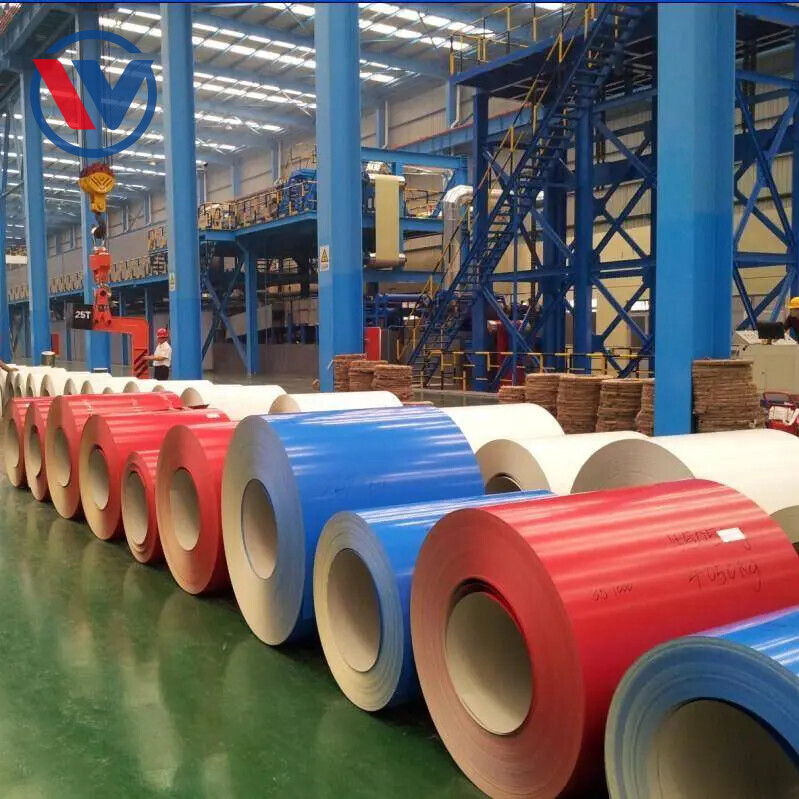
The Four Major Properties of Metallic Materials: A Foundation for Engineering
Metallic materials are the backbone of modern engineering, from the steel in skyscrapers to the aluminum in smartphones. Their widespread use is dictated by a unique combination of properties that make them suitable for a vast range of applications. These properties are generally grouped into four major categories: Mechanical, Physical, Chemical, and Manufacturing Properties. Understanding this framework is essential for selecting the right metal for any given task.
1. Mechanical Properties
Mechanical properties describe how a metal behaves when subjected to external forces and loads. They are crucial for ensuring structural integrity and performance under stress.
Strength: This is the ability of a metal to withstand an applied load without failure or permanent deformation. Tensile Strength is the resistance to being pulled apart, Compressive Strength to being crushed, and Yield Strength is the stress at which it begins to deform plastically.
Hardness: This is the resistance to localized plastic deformation, such as from indentation, scratching, or abrasion. Hardness is often measured by tests like Rockwell, Brinell, or Vickers.
Ductility: This is the ability of a material to undergo significant plastic deformation before rupture. A ductile metal (like copper or gold) can be drawn into a wire.
Toughness: This is the ability to absorb energy and plastically deform without fracturing. It is the opposite of brittleness. A tough material can withstand impact loads.
Elasticity & Stiffness: A metal's ability to return to its original shape after the applied load is removed is its elasticity. Stiffness (often defined by Young's Modulus) is its resistance to elastic deformation.
2. Physical Properties
Physical properties are inherent characteristics not involving a change in the metal's chemical identity. They often relate to a material's interaction with energy and its environment.
Density: This is the mass per unit volume. It influences the weight of a component, which is critical in applications like aerospace (where low-density aluminum and titanium are favored) or for counterweights (where high-density tungsten is used).
Electrical Conductivity: Metals are typically good conductors of electricity due to their "sea of delocalized electrons." Copper and aluminum are premier choices for electrical wiring and components.
Thermal Conductivity: This is the ability to conduct heat. It is vital for heat sinks in electronics (copper, aluminum) or for high-temperature applications like engine components.
Thermal Expansion: Metals expand when heated and contract when cooled. The Coefficient of Thermal Expansion quantifies this change and must be considered in design to avoid thermal stress or distortion.
3. Chemical Properties
Chemical properties describe a metal's reactivity and its ability to resist degradation in different environments, directly impacting its longevity and durability.
Corrosion Resistance: This is the ability to withstand degradation from chemical reactions with the environment, such as rusting in iron or tarnishing in silver. Stainless steel achieves high corrosion resistance through the addition of chromium, which forms a passive protective oxide layer.
Oxidation Resistance: Specifically, the resistance to reaction with oxygen, especially at elevated temperatures. This is crucial for metals used in turbines, exhaust systems, and heat-treatment furnaces.
4. Manufacturing Properties
These properties determine how easily a metal can be shaped, formed, and joined into a final product. They are critical for cost-effective production.
Machinability: The ease with which a metal can be cut, drilled, or shaped by machining operations. Free-machining steels, for example, include additives like sulfur to improve chip formation and reduce tool wear.
Weldability: The ability to be joined by welding without producing defects like cracking or excessive brittleness in the welded zone. Low-carbon steels have excellent weldability, whereas high-carbon steels are prone to cracking.
Formability: This is the capacity to be shaped by plastic deformation without fracturing. It encompasses processes like bending, deep drawing, and stamping. The high ductility of aluminum makes it highly formable.
Castability: The ease with which a metal can be poured into a mold to produce a high-quality casting. It involves good fluidity when molten and low shrinkage during solidification. Cast iron is renowned for its excellent castability.
In conclusion, no single metal excels in all four categories. The art of materials selection involves finding the optimal balance. An understanding of these four fundamental property groups—Mechanical, Physical, Chemical, and Manufacturing—provides the essential framework for engineers and designers to make informed decisions, ensuring that the chosen metal will perform reliably and efficiently throughout its service life.
Leave A Message
If you are interested in our products and want to know more details, please leave a message here, we will reply you as soon as we can.
